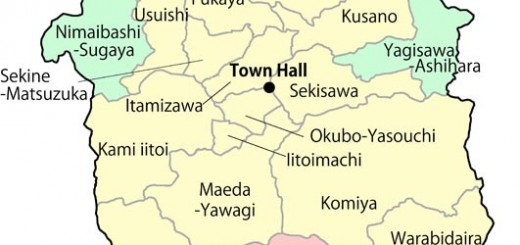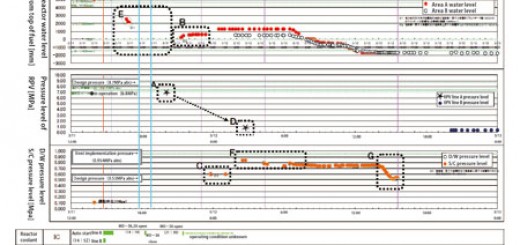CNIC Statement: 10 Years After the Great East Japan Earthquake, Once Again We Question the Justification for Nuclear Power Generation
Citizens’ Nuclear Information Center
March 10, 2021
The Declaration of a Nuclear Emergency issued 10 years ago, at 7:03 PM on March 11, has not yet been lifted. Moreover, we are currently under the declaration of emergency for the new coronavirus pandemic.
When we think of the 22,000 people who passed away, including those officially listed as missing, the affected people who are still being forced to suffer, and those who had no option but to evacuate from their beloved hometowns, we cannot help thinking about the deep criminality of nuclear power.
The tragedy of the disaster was that, in addition to the massive earthquake and tsunami, explosions within three nuclear reactors of Tokyo Electric Power Company’s Fukushima Daiichi Nuclear Power Station brought about widespread radiation contamination. The system of nuclear power generation, which children were taught to believe would be “the bright energy of the future,” resulted in a never-ending disaster.
Firstly, let us confirm this. The causes of the accident at Tokyo Electric Power Co.’s (TEPCO) Fukushima Daiichi Nuclear Power Plant and the whole picture of how the accident occurred, how it progressed, how the various meters were damaged, and where and how the explosions occurred, have still to be elucidated. Despite five accident reports, including one by the Diet Independent Investigation Commission, and more than seven years of deliberations by the Niigata Prefecture Technical Committee, many points still remain unclear. A recent interim report by the Nuclear Regulation Authority analyzing the accident added further mysteries. The complexity of the nuclear accident ought to teach us something about the dangers of nuclear power.
It is also highly doubtful that TEPCO will be able to achieve a full cleanup of the accident. It has been decided to decommission the total of ten nuclear reactors at the Fukushima Daiichi and Daini (No. 1 and No. 2) Nuclear Power Stations, but it is impossible to indicate by when or how it will be done. In particular, it is still impossible to decide the decommissioning process and details for Fukushima Daiichi Units 1, 2 and No. 3. This amounts to a series of experiments that humankind has never before experienced. There is no guarantee that things will go well. Radiation levels at the site are high, making it extremely difficult to carry out investigations and implement tasks. Even now, radiation at a level of 24,000 becquerels per hour is being released into the atmosphere from the buildings.
Removing the molten fuel debris is likely to prove impossible. As with Chernobyl, there is no alternative but to wait hundreds of years for the radioactivity to decay. Irreparable environmental pollution will result if the large amounts of contaminated radioactive water now stored at the site are diluted and released into the sea. In order to win the bid to host the Olympics, the former prime minister declared that “everything is under control” at the site, but this was a bald-faced lie. Practical methods for storing radioactive substances above ground and waiting for them to decay have been proposed, but the government refuses to consider them.
Nuclear power was once called “cheap” “clean” and “safe,” but this was mistaken. In fact, nuclear power turned out to be the most “expensive” power generation method, as well as being both “dirty” and “dangerous.”
There is no longer any hope for nuclear power. Trust has been lost. But as long as discussions remain within the closed arena of the politics, government, finance and academic nuclear industry, the hold on the status quo will never be relinquished. 10 years after the accident, we cannot allow this state of affairs to simply go on forever. It is time to get moving on a national debate.


